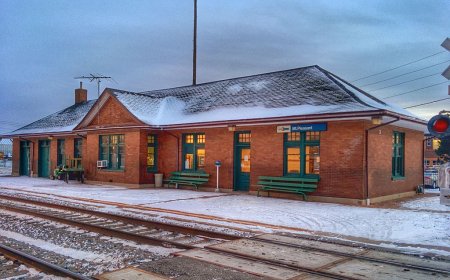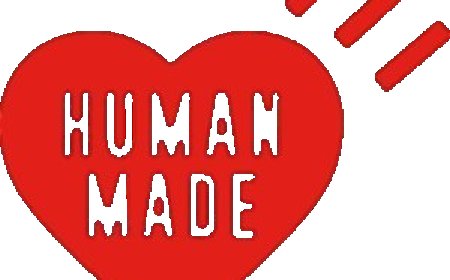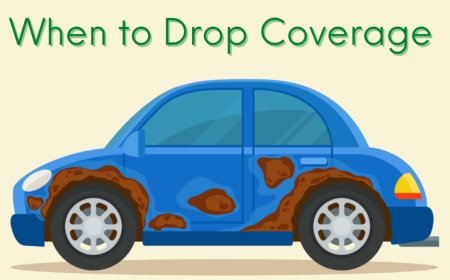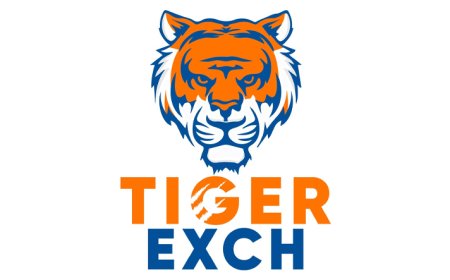How Car Wreckers Accidentally Became Automotive Historians
Discover how car wreckers unintentionally preserved Australia’s automotive history. Learn how salvage yards became time capsules for rare and forgotten vehicles.

Introduction
Australia's scrap yards were never built to be museums. Their purpose was simpledismantle old or damaged vehicles, sell usable parts, and recycle the remaining metal. However, over the years, these humble spaces began holding more than just scrap. In many cases, they became unexpected archives of motoring history. From classic Holden models to imported oddities, car wreckers across the country have stumbled into a role no one foresaw: automotive historians.
Forgotten Vehicles Found in Modern Wrecking Yards
Walk into any car wrecking yard today, and it is possible to come across forgotten makes and models, once common on Australian roads but now absent from showrooms. Among rusted panels and overgrown grass, a variety of historical vehicles can still be foundvehicles that enthusiasts and historians now seek to preserve.
For instance, the Holden HQ series, once popular across Australia in the 1970s, has nearly vanished from the streets. Yet several examples have been spotted in wrecking yards across New South Wales and Victoria. Some are salvaged for rare parts, while others are documented by restoration groups before being crushed.
How Documentation Started
In earlier decades, there was little focus on preserving records of old vehicles. Most were crushed without a second thought. However, as certain models became rare, automotive groups and researchers began visiting wreckers to identify what was left. Over time, car wreckers started taking photographs and logging vehicle details before disassembly. Not for promotion, but because collectors began asking for specific chassis numbers, interior configurations, or trim variations.
This informal documentation slowly turned some yards into archives. Notebooks and spreadsheets filled with registration details, manufacture years, and VIN numbers began to appear behind office desksnot as part of any formal inventory system but to help meet the demand for rare and historically valuable parts.
Salvage and Preservation: A Changing Attitude
In the past, a rusted-out car was seen as nothing more than scrap. Now, some vehicles are being carefully removed and offered to museums or restoration enthusiasts instead of being broken down. Salvage yard owners, once focused solely on metal value and resale parts, are increasingly aware of the historical worth of older cars.
This shift has led to a growing collaboration between wreckers and car clubs. Enthusiasts now contact yards directly when searching for vintage dashboards, original badges, or engine blocks that match a specific production year. These relationships have helped preserve rare pieces that would have otherwise disappeared forever.
The Role of Wrecking Yards in Preserving Motoring Culture
Australias car culture is deeply rooted in everyday driving history. The vehicles once used for farm work, long-distance family road trips, and inner-city deliveries all form part of the national story. When these cars vanish from roads, the only remaining physical trace might be found at the back of a yard in a rural town.
Car wreckers, without planning to do so, have become curators of this culture. From faded number plates to defunct manufacturer badges, each piece tells a story. A weathered Ford Falcon ute or a nearly intact Mitsubishi Sigma can spark memories, offer technical insights, and sometimes even restore community pride in a local manufacturer or mechanic.
Technological Evolution Stored in Wrecks
Another unexpected area where car wreckers contribute is in the record of how vehicle technology has evolved. By examining old wiring looms, fuel systems, or early safety features, automotive students and engineers can learn from what came before.
For example, early anti-lock braking systems or emissions control devices can often be traced through the remains of 1980s and 1990s vehicles. These systems may seem outdated today but offer valuable learning for those interested in automotive design and policy evolution.
A Shift in Public Interest
Social media and online forums have helped shine a light on what wreckers hold. Photos of rare findssuch as a Chrysler Centura or a first-generation Toyota Celicaspark interest far beyond local car clubs. As images circulate, more people begin to understand that wrecking yards are not just about destruction; they are also about rediscovery.
The result has been a renewed appreciation for older vehicles. Some are pulled from yards and restored. Others are used as reference points for newer builds. Either way, the wrecking industry has unintentionally played a part in keeping the memory of these vehicles alive.
The Economic and Environmental Balance
While the emotional and historical value of old vehicles is rising, wrecking yards still operate within strict economic and environmental guidelines. Metal must be separated, fluids drained, and materials sorted. However, the historical awareness has added a new layer to this process.
Some wreckers now partner with classic car organisations before scrapping certain vehicles. Instead of losing potentially irreplaceable components, they ensure these parts go where they are needed most.
When Wrecking Turns Into Storytelling
Stories are often found not in pristine showrooms but in dented panels and weathered steering wheels. Wrecking yards tell stories through objects that others might overlookcustom modifications, original dealership stickers, or handwritten notes in gloveboxes.
One well-known yard in regional Queensland once discovered a 1971 Valiant Charger with racing modifications not listed in any registry. After some investigation by a local historian, it was found to have competed in regional races during the 1970s. Without the wrecking yards preservation, this piece of history may have disappeared without a trace.
Connecting the Past with the Present
The unexpected rise of car wreckers as informal historians highlights how the past often lives in places not commonly associated with memory. Rusted shells, faded logos, and worn-out interiors offer more than just metal for recyclingthey offer insight into how Australians lived, travelled, and drove.
In this space, even the process of selling a vehicle holds importance. For instance, those choosing to scrap old vehicles sometimes feel unsure about whether they are erasing history. When car wreckers acknowledge and preserve parts of that story, they provide assurance that these vehicles are not forgotten.
One example is seen with Cash For Cars Barton, a service known for carefully inspecting vehicles before they are removed. In many cases, rare parts and components are kept aside for collectors or recyclers who know their worth. This approach helps ensure that the cars journey does not end with disposal but continues through restoration, study, or reuse. Services like these help keep Australias automotive heritage alive, one vehicle at a time.
Conclusion
What began as a trade focused purely on dismantling has grown into something more meaningful. Without intending to, car wreckers have created a scattered but valuable archive of motoring history. As interest in vintage vehicles grows, and as people seek to understand the cars that shaped their childhoods or communities, wrecking yards have become unlikely but essential storytellers. Their quiet role in preserving automotive heritage deserves recognitionnot just for what they save, but for what they remember.








































